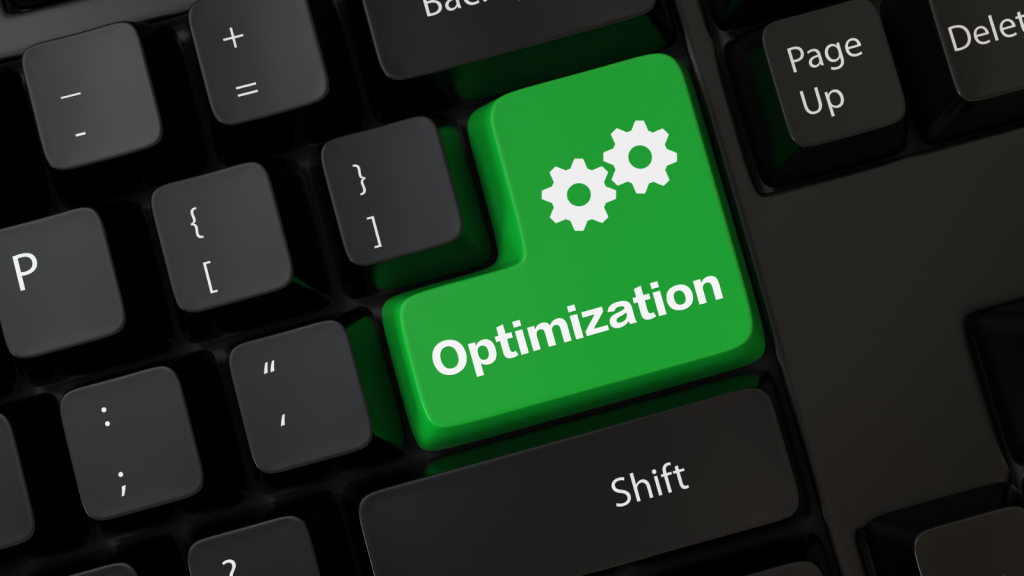Imagine this: Jake, a small e-commerce owner, launches a Facebook ad for his new line of eco-friendly water bottles. He sets a $50/day budget, targets “people interested in sustainability,” and waits for sales to roll in. But after a week, his cost per purchase is sky-high, and his ads are barely reaching anyone.
What went wrong? Poor ad delivery optimization.
Facebook’s ad delivery system is like a mysterious algorithm—it decides who sees your ads, when, and how often. Most advertisers just “set and forget,” but the pros know how to hack the system for better reach, lower costs, and higher conversions.
In this guide, you’ll discover untold Facebook ad delivery optimization strategies—including how to outsmart the algorithm, reduce wasted spend, and get your ads in front of the right people at the perfect time.
How Facebook Ad Delivery Works (And Why Most Ads Fail)
Facebook’s algorithm has one goal: show the right ad to the right person at the right time. To do this, it evaluates:
✅ Relevance Score – How well your ad matches the audience’s interests.
✅ Engagement History – Whether people interact with your ads (likes, comments, shares).
✅ Bid Strategy – How much you’re willing to pay for results.
Most ads fail because:
❌ Low relevance (targeting too broad or too narrow).
❌ Poor engagement (boring creatives, weak hooks).
❌ Bad bidding (letting Facebook auto-bid without guidance).
Let’s fix that.
Untold Facebook Ad Delivery Optimization Strategies
1. The “Learning Phase Hack” (Avoid Reset at All Costs)
When you launch a new ad, Facebook enters a “learning phase” (usually 24-72 hours) where it tests different audiences.
Mistake: Most advertisers tweak budgets or audiences too soon, resetting the learning phase and killing performance.
Fix:
-
Leave ads untouched for at least 3 days.
-
If you must adjust, change budgets by no more than 20% at a time.
-
Duplicate instead of editing underperforming ads.
2. The “Bid Cap vs. Cost Cap” Secret (When to Use Each)
Most people let Facebook auto-bid, but smart advertisers manually control costs.
Bid Cap (Best for cold audiences)
-
You set the max you’ll pay per conversion.
-
Good for testing new audiences (prevents overspending).
Cost Cap (Best for warm audiences)
-
Facebook averages costs around your target.
-
Ideal for retargeting (more predictable results).
Pro Tip: Start with Cost Cap, then switch to Bid Cap if costs spike.
3. The “Frequency Killer” Trick (Stop Ad Fatigue)
Ever notice your ad performance drops after a few days? That’s ad fatigue—when the same people see your ad too often.
Fix:
-
Frequency above 3.0? Pause and refresh creatives.
-
Use “Exclude Past Engagers” to avoid showing ads to people who already clicked.
-
Rotate 3+ ad creatives (carousel, video, image).
4. The “Placement Optimization” Hack (Where Your Ads Really Convert)
Facebook defaults to “Automatic Placements,” but not all placements perform equally.
Untold Truth:
-
Stories & Reels = Cheap clicks, lower conversions.
-
Feed & Search = Higher intent, better ROI.
Pro Move: After 3 days, analyze placements and turn off underperformers.
5. The “Dayparting Strategy” (When to Run Ads for Max Results)
Most advertisers run ads 24/7, but timing matters.
Example:
-
B2B? Run ads 9 AM – 5 PM weekdays.
-
E-commerce? Evenings and weekends convert best.
-
International? Adjust for time zones.
Data Trick: Use Facebook’s “Delivery Insights” to see peak conversion times.
Bonus: NLP-Optimized Ad Copy for Better Delivery
Facebook rewards high-engagement ads with cheaper delivery. Use these NLP hooks to boost relevance:
Curiosity Gap:
“What’s the #1 mistake 90% of beginners make? (You’re probably doing it too.)”
Benefit-Driven:
“Stop wasting money on ads that don’t convert. Here’s how we fix it.”
Urgency:
“Only 3 spots left at this price—enrollment closes tonight!”
Final Thoughts
Optimizing Facebook ad delivery isn’t about luck—it’s about working smarter with the algorithm.
Recap:
✔ Don’t reset the learning phase prematurely.
✔ Use Bid Cap for cold audiences, Cost Cap for warm.
✔ Kill ad fatigue with fresh creatives & exclusions.
✔ Optimize placements and ad schedules.
✔ Boost engagement with NLP-powered hooks.
Now, go tweak those campaigns—your next big win is one optimization away.

